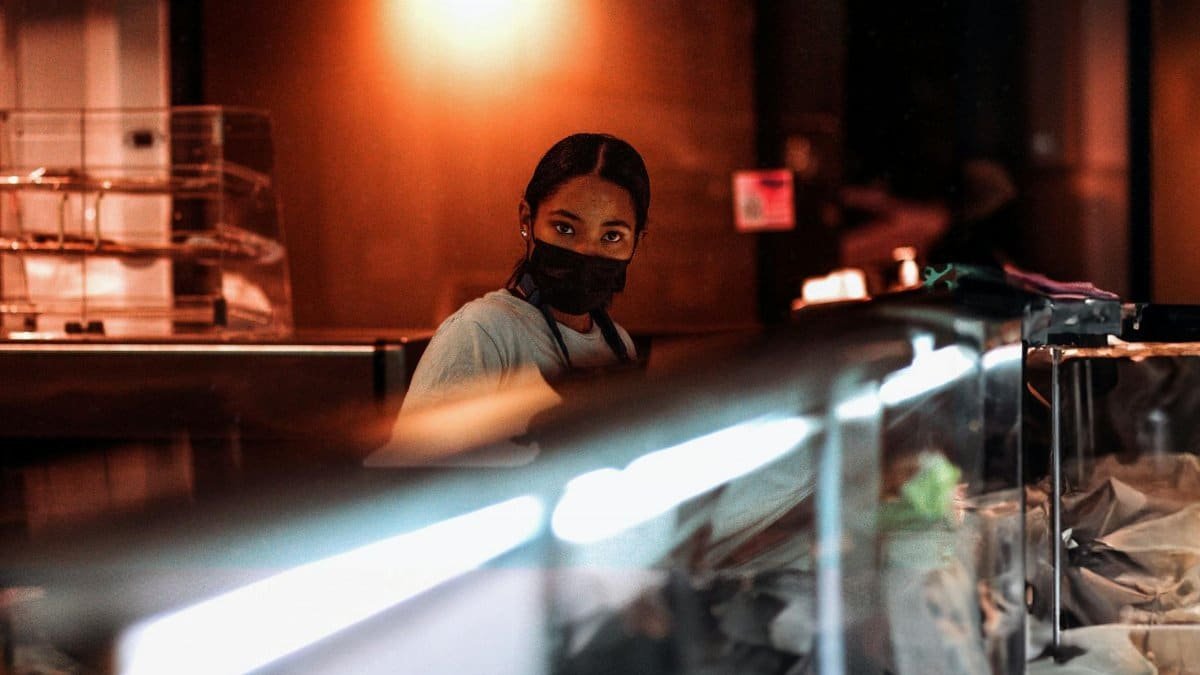Is virginia breath lighting really the solution everyone claims? In a groundbreaking move, Virginia has rolled out this innovative technology across all state hospitals, aiming to ease patient anxiety through synchronized LED lighting. Designed to mimic a calming breathing pace, these installations are already showing promising results. Waiting rooms, often a hotspot for stress, now feature panels pulsing at a serene six breaths per minute. Early data suggests this subtle environmental shift could redefine how healthcare spaces support mental well-being in 2025 and beyond.
A Pioneering Step in Healthcare Design
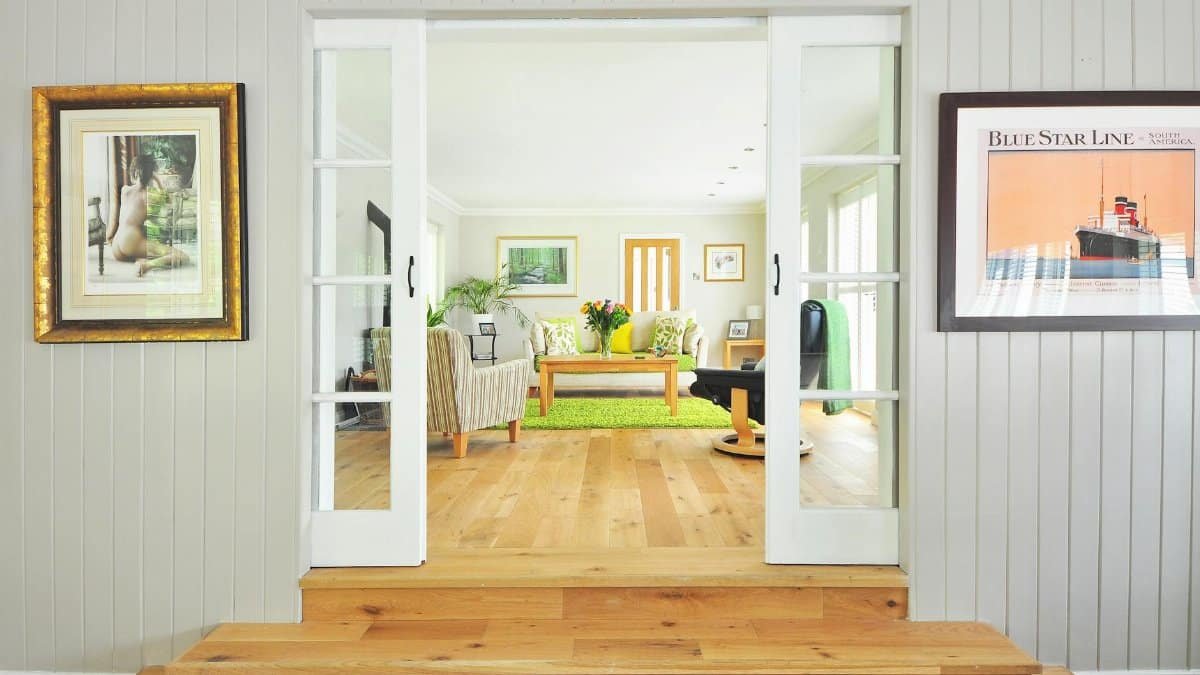
Virginia’s adoption of breath-paced lighting marks a bold step forward in integrating wellness-focused technology into public health spaces. The state has equipped every hospital waiting room with LED panels programmed to pulse at a rhythm of six breaths per minute, a rate known to promote relaxation. This initiative, spearheaded by state health officials, targets the often-overlooked emotional toll of medical environments. By aligning visual cues with a calming respiratory pattern, the technology seeks to create a more soothing atmosphere for patients and visitors alike.
Early Results Show Reduced Anxiety

The impact of virginia breath lighting is already measurable. According to initial assessments reported by the Richmond Times-Dispatch, patient anxiety levels, as measured by visual-analog scores, have dropped by an impressive 22 percent in facilities where the lighting has been installed. This significant reduction suggests that a simple environmental adjustment can yield substantial benefits for mental health. For patients awaiting critical news or procedures, this subtle intervention appears to offer a much-needed sense of calm amidst uncertainty.
How the Technology Works

The concept behind breath-paced lighting is rooted in biofeedback principles. The LED panels are calibrated to fade in and out at a steady rhythm, mirroring the pace of slow, deliberate breathing. At six breaths per minute, the cycle encourages viewers to subconsciously align their own breathing with the visual pattern. This synchronization can lower heart rates and reduce stress hormones, creating a physiological state of relaxation. Virginia’s implementation ensures that this effect is accessible to everyone in hospital waiting areas, no training required.
Why Waiting Rooms Were Chosen
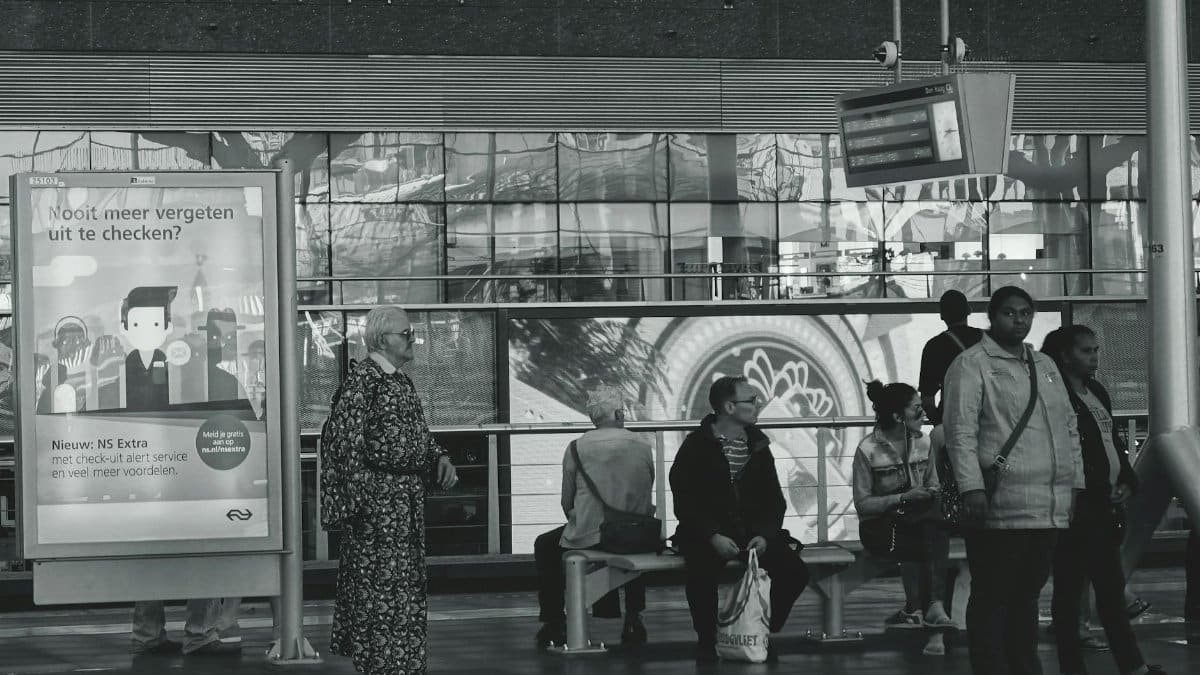
State officials specifically targeted waiting rooms for this rollout due to their role as high-stress zones. These spaces often see patients and families grappling with fear, uncertainty, and long wait times. By introducing breath-paced lighting, Virginia aims to transform these areas into sanctuaries of calm. The decision reflects a growing recognition that healthcare environments must address emotional well-being alongside physical treatment. It’s a practical acknowledgment that healing begins long before a patient enters an exam room.
Broader Implications for Public Health
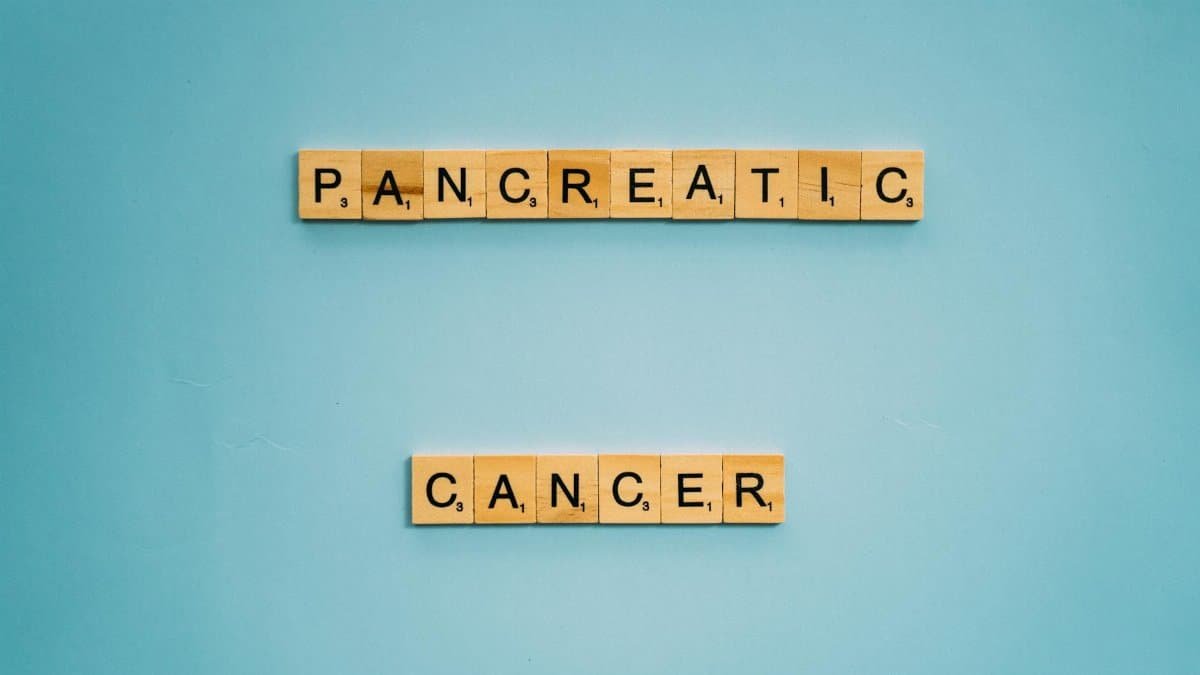
The success of virginia breath lighting in hospitals could pave the way for broader applications across public spaces. If a 22 percent reduction in anxiety holds steady or improves with further study, other high-stress environments—like emergency shelters, schools, or even public transit hubs—might adopt similar technologies. Virginia’s experiment positions the state as a leader in leveraging subtle design innovations to tackle mental health challenges, potentially influencing national trends in healthcare facility design throughout 2025.
Supporting Research and Credibility

The principles behind breath-paced lighting are supported by existing studies on environmental design and stress reduction. Research from institutions like the National Institutes of Health highlights how visual stimuli can influence physiological responses, including heart rate and anxiety levels ( National Institutes of Health ). Additionally, studies summarized by the American Psychological Association underscore the benefits of biofeedback techniques in clinical settings ( American Psychological Association ). Virginia’s initiative builds on this foundation, applying theory to real-world public health challenges.
Challenges and Next Steps
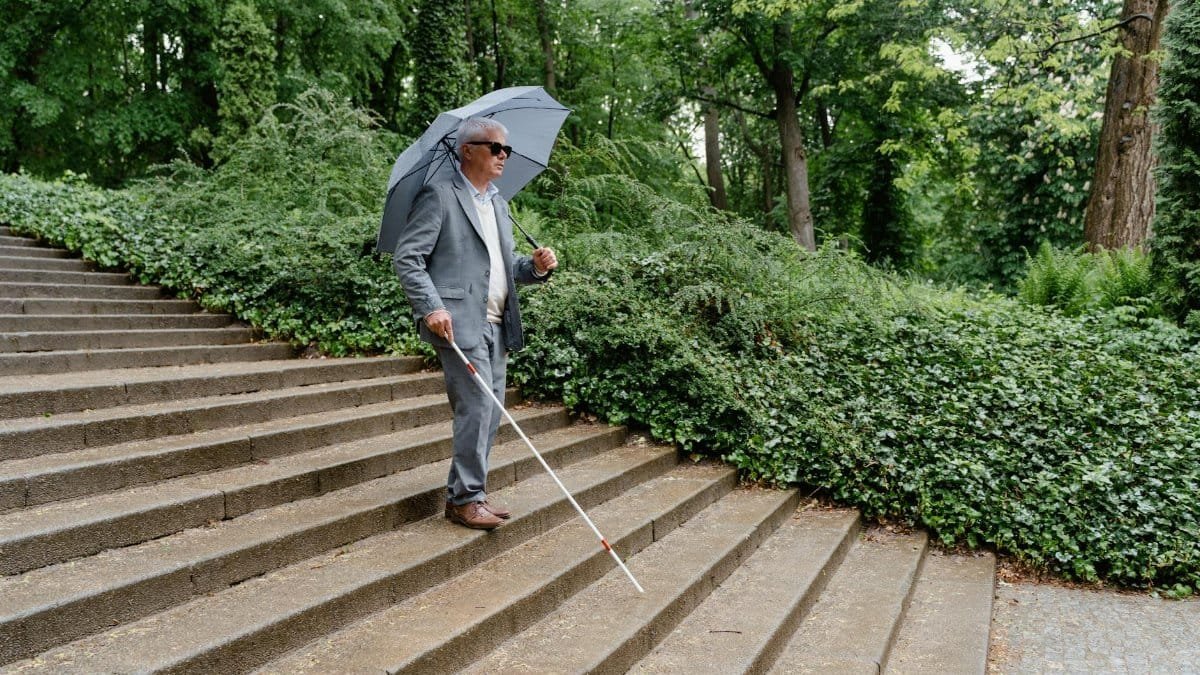
While early feedback is positive, the long-term efficacy of this lighting system remains under evaluation. State health departments plan to monitor patient outcomes over the coming months to determine if the anxiety reduction persists or if adjustments are needed. Maintenance of the LED systems and potential costs for scaling the program to smaller clinics are also considerations. For now, Virginia’s commitment to this technology signals a willingness to innovate, even as questions about sustainability and broader impact linger.
A Model for Other States
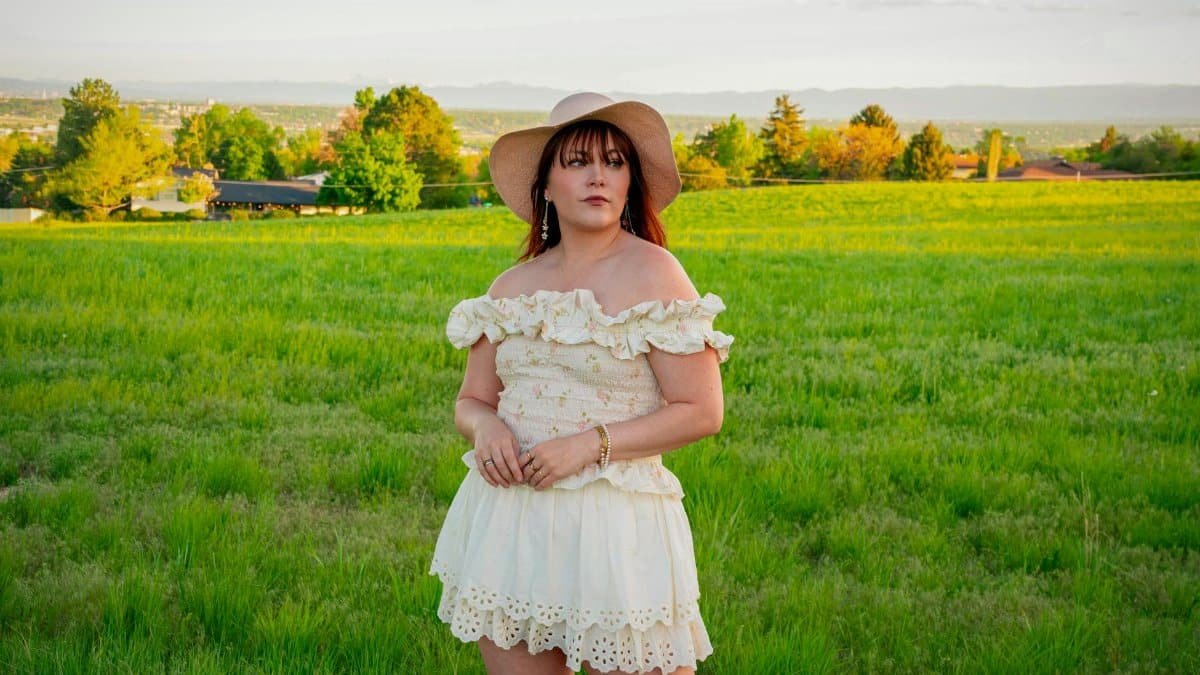
Virginia’s adoption of breath-paced lighting could inspire other states to follow suit. As mental health remains a pressing concern nationwide, simple yet effective interventions like this offer a scalable solution. Hospitals in neighboring regions may look to Virginia’s data as a blueprint for their own facilities. If the trend catches on, 2025 could see a wave of healthcare environments reimagined with patient well-being at the forefront, proving that small design changes can yield outsized results.
